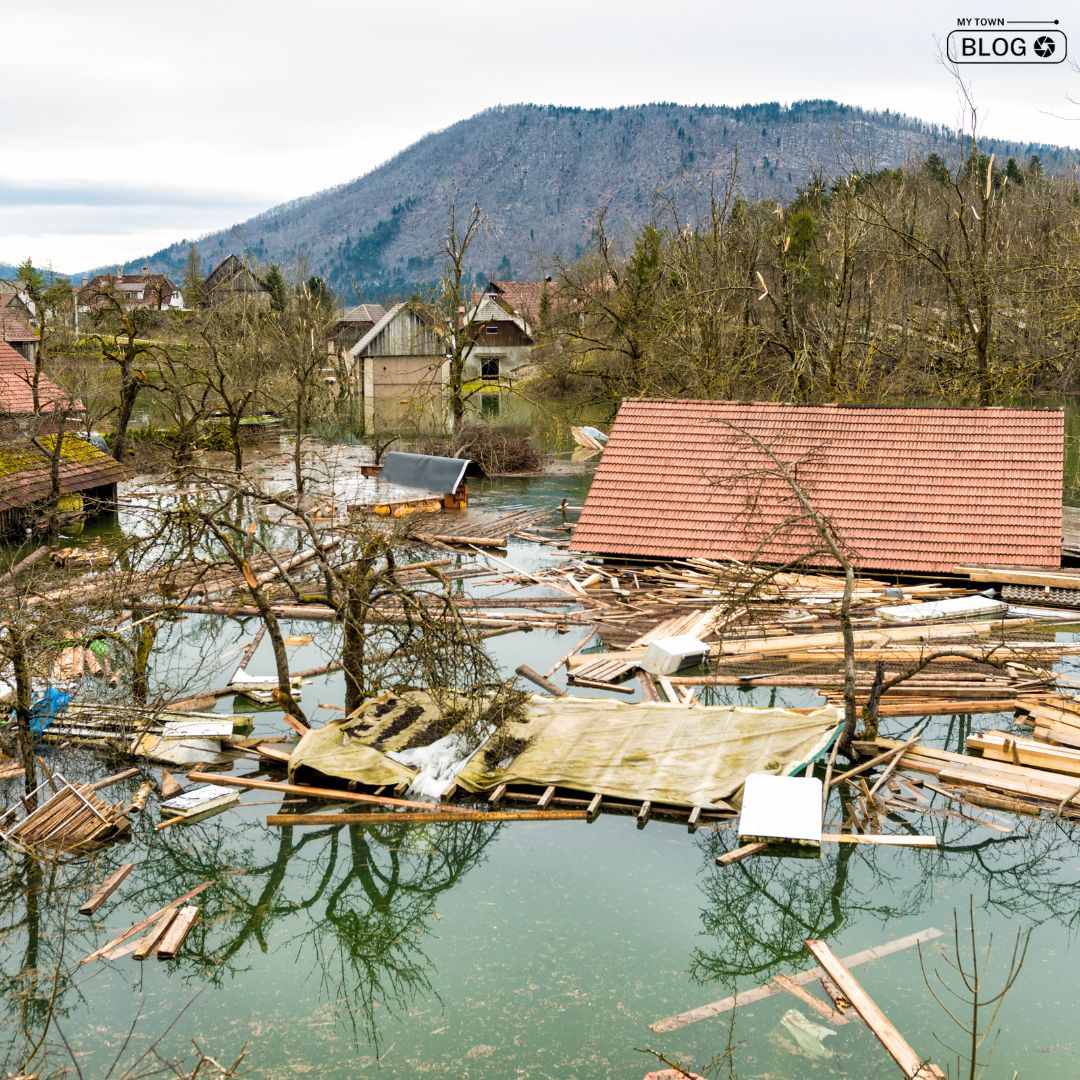The serene landscapes of Sikkim, nestled in the Himalayas, recently bore witness to a calamity that shook the region to its core—floods in Sikkim. What began as a cloudburst over Lhonak Lake in North Sikkim swiftly evolved into a devastating flash flood in the Teesta River basin, leaving a trail of destruction in its wake.
As the waters surged downstream with alarming velocity, it triggered a series of events that claimed lives, affected infrastructure, and prompted a swift response from authorities. In this article, we delve into the heartbreaking events surrounding the Sikkim floods. Examining the timeline, human impact, relief efforts, and the ongoing concerns that continue to grip this resilient Himalayan state.
The Timeline of Disaster
The flash flood struck at around 1:30 a.m., catching residents and authorities off-guard. As the waters surged downstream along the Teesta River basin with alarming velocity. It left a trail of destruction in its wake. The districts of Mangan, Gangtok, Pakyong, and Namchi bore the brunt of this disaster, with numerous establishments suffering damage.
Human Loss
The disaster claimed the lives of three individuals. Their bodies were recovered from Singtam during the subsequent rescue and relief efforts. Alongside the tragic loss of life, the flash flood had a profound impact on the region’s infrastructure and communities.
Schools Closed, Relief Efforts Underway
In response to the calamity, the education department of Sikkim decided to keep all schools in the affected four districts closed until October 8, 2023. Relief efforts were swiftly initiated, with the Border Road Organisation (BRO) launching rescue operations. A total of 80 locals were safely evacuated.
Army Personnel Missing
The flash flood also had severe consequences for the Army stationed in the region. Twenty-three Army personnel were reported missing, and 41 vehicles were submerged under the slush. Search and rescue operations were initiated to locate and assist the missing personnel.
Dam-Induced Surge
The release of water from the Chungthang dam played a pivotal role in the disaster. It resulted in a sudden surge of water levels, reaching heights of 15-20 feet downstream. This surge caused damage to Army vehicles stationed near Singtam.
Infrastructure Damage
One of the significant casualties of the flash flood was the Singtam steel bridge, also known as the Indreni bridge, located in Gangtok district. The Teesta River waters completely washed away the 120-meter cable suspension bridge, which served as an essential thoroughfare.
NHPC Hydroelectric Power Project Affected
The flash flood had a cascading effect on the NHPC hydroelectric power project near Dikchu village. The water level in the area increased dramatically overnight, further intensifying the disaster.
Government Response
Chief Minister PS Tamang visited Singtam to assess the situation firsthand and held a meeting with senior officials. The state government is actively monitoring the situation and directing relief efforts.
Flash Flood Alert
Prior to the flash flood, the India Meteorological Department (IMD) had reported a lake outburst at Chungthang in north Sikkim. This event triggered a flash flood alert, leading to a significant rise in the water levels of the Teesta River.
Ongoing Concerns
As the situation unfolds, the rising water levels remain a cause for concern. IMD Director-General Mrityunjaya Mohapatra noted that the situation is dynamic and indicated that low-lying areas in the vicinity, such as Gazoldoba, Domohani, Mekhaliganj, Ghish, and Bangladesh, may face potential impacts.
Conclusion
In the wake of the devastating floods that struck Sikkim, the spirit of resilience and unity shines as a ray of hope in this picturesque Himalayan state. The loss of lives and the damage to infrastructure serve as a sombre reminder of the unpredictable forces of nature. However, the swift response from authorities, the dedication of relief organisations, and the support of local communities have illuminated the path to recovery.
FAQs
What caused the recent floods in Sikkim?
A cloudburst over Lhonak Lake in North Sikkim primarily caused the recent floods in Sikkim, leading to a rapid surge of water downstream.
How did the cloudburst over Lhonak Lake contribute to the flash flood in the Teesta River basin?
The cloudburst over Lhonak Lake led to a flash flood in the Teesta River basin due to the sudden release of a large volume of water into the river, intensifying the flood situation.
Which regions of Sikkim did the floods affect most severely?
The floods severely affected regions like Mangan, Gangtok, Pakyong, and Namchi districts in Sikkim.
What was the extent of the damage to infrastructure in the affected areas?
The floods caused extensive damage to infrastructure, including the complete washing away of the Singtam steel bridge and a severe impact on the NHPC hydroelectric power project near Dikchu village.
What preventive measures are authorities considering to mitigate the risk of future flash floods in the region?
To mitigate the risk of future flash floods, authorities are considering measures such as improving early warning systems, reinforcing dam safety protocols, and enhancing disaster preparedness.
Is there ongoing monitoring of water levels and weather conditions to ensure the safety of affected areas?
Yes, there is ongoing monitoring of water levels and weather conditions in the affected areas to ensure the safety of the region and a timely response to any potential threats.








